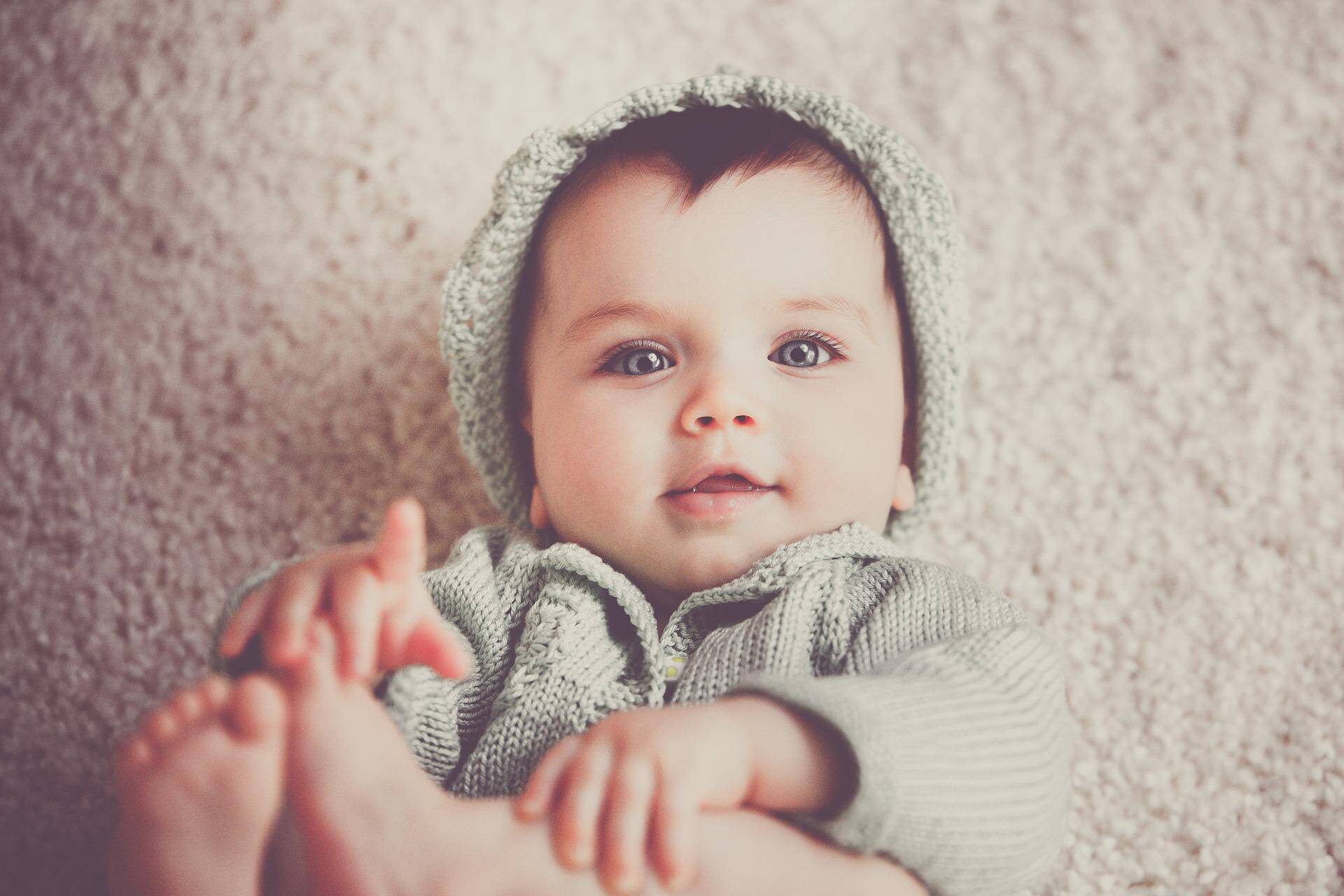
The appearance of a child in the family is always a joy, and all parents try to surround their children with care, affection, and love. But a baby cries and the parents’ hearts bleed from compassion and inability to find out the reason. Why is the baby crying?
Crying is a unique way for babies to communicate. The intensity and emotional coloring of the crying depend a lot on what the baby wants to say. Many parents quickly begin to understand this peculiar language of their baby.
Physiological reasons for a baby to cry
Physiological reasons include:
Wants to eat. At first, the baby begins to twist his head, and open his mouth, looking for a breast, if he is not attached to the breast, he begins to cry.
What to do? The best option is to attach your baby to the breast and make a clear newborn feeding schedule. If you give your baby formula when you are short of milk, the approximate amount of formula needed for supplementation will be told by the pediatrician, who will be told the average amount of milk your baby can suckle. The formula should be given after the breast.
Wants to pee or poop. Babies have not yet learned how to properly relax and tense the sphincters when they want to poop or pee. That is why they start grunting, and pushing, their face gets red, and nothing works.
What to do? Just put the baby to the breast, and he will relax and do all his things at once.
Headache. When the weather changes, babies may feel discomfort and a severe headache. How does it manifest itself: the baby screams, fidgets with his legs, and strains his tummy.
What to do? Take the baby in your arms in an upright position, rock a little, and walk around the room with him. Put it to the breast and feed it, this will not always work right away, so the baby needs to be reassured first.
Colic. Colic is a peculiar reaction to pain, and not only in the tummy. Babies do not know how to localize the pain, when it hurts your arm, stomach, or leg, they react in the same way. They start to cry a lot, tap their feet and hands, and tense their tummy.
What to do? Try to put the baby to the breast, if you can not, first reassure them, for example, take the baby in an upright position in your arms, rocking lightly, and walk around the room with him.
The baby is sick: the temperature rises, and the ear and throat hurt.
What to do? Consult your pediatrician.
Your baby is hot or cold. He will also cry.
How can you tell if your baby is hot (it happens much more often): the body becomes red, body temperature rises, and palms and feet become cold to the touch.
What to do when it is hot? Undress the baby, you can take a cool shower with the baby and feed him to avoid dehydration.
How do I know if my baby is cold? Check the back, folds of the arms and legs, the back of the neck – if the skin is dry, all is well, if it is cold, the baby is cold.
Psychological reasons for crying babies
The baby may simply be afraid, he could be tired because there were many impressions during the day, or simply need the attention of adults. In all of these situations, the baby will cry.
What to do? Take him in your arms and feed him.
In general, the most comfortable place for the baby is at his mother’s breast. Here a pleasant familiar smell, familiar sounds from the tummy: heartbeat, grumbling tummy, good food, gentle hugs.
If you feed your baby formula, try to pay more attention to tactile contact. It is scientifically proven that babies who spend more time in their mother’s arms develop better and behave more calmly. Grow your children happy by surrounding them with love and affection.
See some more of my baby-related posts here
